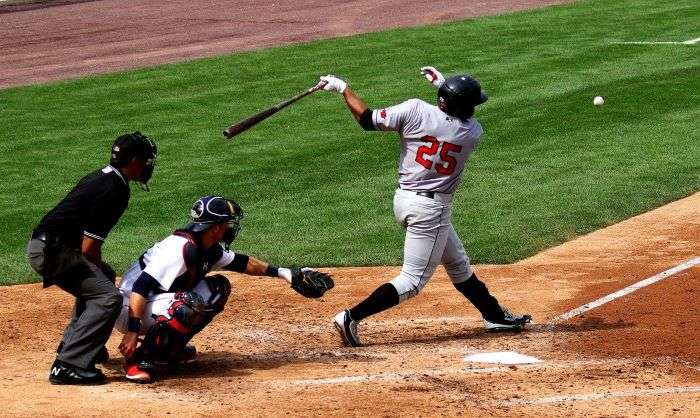Baseball is a sport with a rich history and a set of rules that have evolved over the years. To the uninitiated, the game can seem complex, with its unique terminology, positions, and intricate field layout. In this blog, we aim to demystify the rules of American baseball, breaking down the bases and providing a comprehensive understanding of the fundamental aspects that define the game.
The Diamond and Bases
At the heart of every baseball game is the diamond, a square shape with 90 feet between each base. The bases, placed at the corners of the diamond, are named first base, second base, third base, and home plate. The objective of the game is for a player to run the bases and reach home plate, scoring a run for their team.
Infield and Outfield
The field is divided into two main sections: the infield and the outfield. The infield consists of the diamond and the area between the bases. This is where the action primarily takes place, with the pitcher’s mound, pitcher’s plate, and the bases forming the focal points.
The outfield, surrounding the infield, is divided into left field, center field, and right field. Outfielders play a crucial role in catching fly balls hit by the opposing team.
Innings and Outs
A standard baseball game consists of nine innings, with each inning divided into two halves – the top and bottom. During the top half, the visiting team bats, while the home team plays defense. In the bottom half, the teams switch roles.
Each team has the opportunity to score runs when they are at bat. The defensive team aims to prevent the opposing team from scoring by getting three outs. An out is recorded when a batter strikes out, hits a fly ball caught by a fielder, or grounds into a force play.
Pitching and Strikes
The pitcher, positioned on the pitcher’s mound at the center of the diamond, throws the ball towards the batter standing in the batter’s box near home plate. The batter’s objective is to hit the pitched ball and advance to the bases.
A strike is called when the batter swings and misses the ball, or when the pitcher throws a pitched ball within the strike zone (the area over home plate and between the batter’s knees and chest). A ball is called when the pitcher throws a pitched ball outside the strike zone and the batter does not swing.
Balls and Strikes Count
Each at-bat begins with a count of no balls and no strikes. The count progresses with each pitch, with a maximum of four balls resulting in a walk and a maximum of three strikes resulting in a strikeout. If a pitcher throws four balls before recording three strikes, the batter is awarded first base.
Hits and Base Running
When a batter successfully hits the ball and reaches a base without getting out, it is called a hit. Hits can be singles (reaching first base), doubles (reaching second base), triples (reaching third base), or home runs (hitting the ball out of the field).
Base running involves advancing from one base to another, either by a teammate’s hit or by stealing bases. Runners must touch each base in order and reach home plate to score a run.
Fielding Positions
Baseball has nine fielding positions, including the pitcher, catcher, four infielders (first baseman, second baseman, shortstop, and third baseman), and three outfielders (left fielder, center fielder, and right fielder). Each position has specific responsibilities in the field, contributing to the team’s defensive strategy.

American baseball, with its rich history and enduring popularity, is a sport that captivates fans around the globe.
Conclusion
Understanding the rules of American baseball is like deciphering a time-honored code that has been passed down through generations. From the crack of the bat to the strategic plays on the field, the game’s intricacies create a unique and captivating experience for players and fans alike. As you watch a baseball game, armed with the knowledge of the diamond, bases, innings, and the dynamics of pitching and hitting, the beauty and complexity of America’s favorite pastime come into focus, making each pitch and play a moment to be cherished and celebrated.
Discover the rich history of baseball in “Pug Fireball and Company: 116 Years of Professional Baseball in Des Moines, Iowa,” written by Steve Dunn. Grab your copy now.


0 Comments